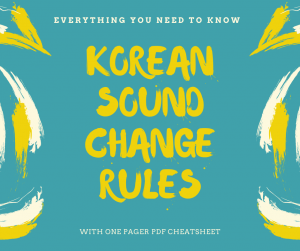
When watching your favourite drama are listening to K pop songs do you realise that sometimes Korean words are pronounced quite differently from the spelling? This is because there are certain Korean sound change/sound shift rules. Originally these are not rules per se, just that over time people tweak the pronunciation of some words to make it easier to produce those sounds.
One phrase we hear a lot in daily speech is 같이 (do something together). This is pronounced as 가치 instead of 가티. To explain this phenomenon, we can reference pronunciation of ‘would you’ in English. It is often pronounced as “would chu”, and a similar sound change is observed in the case of 같이.
The same applies to the other sound change rules. At first they may seem daunting, however with time you will notice that it is actually easier to pronounce the words after the sound change. I would suggest to remember a frequently used signature example of each rule. For example 같이, 독립(independence), 꽃잎(petal) etc. When you come across new words with sound changes, remind yourself which rule it is applying. With more exposure to hearing how natives say it, and saying the words out loud yourself, the sound changes will come naturally to you as well.
I have summarised below all the sound change rules in Korean and I have made a pdf cheat sheet/summary such that you can print it out and refer to it easily during your studies.
Want this in a PDF cheatsheet and reinforce your learning of sound change rules by worksheets? Check out our Beginner Worksheet Pack!
In the below explanation, the below terms mean:
자모 – letter, either consonant or vowel eg ㄱ
글자 – character, eg 가
단어 – word, eg 사과
1. Re-syllabification
This is the most common of Korean sound changes. If the first character ends with a consonant and the following character starts with a vowel, the ending consonant gets carried over to the second character.
For example: 십오 (fifteen) is pronounced as 시보
Exception 1: if the first character ends with consonant ㅇ (ng), it does not carry over.
For example 생일 (Birthday) is simply pronounced as it is spelt.
Exception 2: if the first character ends with consonant ㅎ, the ㅎ is simply dropped. (Silent ㅎ)
For example 좋아 is pronounced as 조아.
2. Ending consonants (받침) simplification
While each consonant is pronounced differently at the start of the character, however at the end of the character their pronunciations are simplified to a few sounds only. The aspirated consonants are pronounced as their simple counterparts, i.e. ㅋ pronounced as ㄱ, ㅌ pronounced as ㄷ and ㅍ pronounced as ㅂ.
For example 부엌 (kitchen) is pronounced as 부억, 끝 (end) is pronounced as 끋.
Double consonants are also pronounced as their single counterparts, i.e. ㄲ as ㄱ.
Ending consonants ㅅ, ㅆ, ㅈ, ㅊ, ㅎare all pronounced as ㄷ, which sounds like an abrupt stop at the end.
For example 맛 is pronounced as 맏
꽃 is pronounced as 꼳.
Exception: when the ending consonant is followed by starting vowel of the next character in the same word, because the consonant is carried over (Rule 1 re-syllabification), the consonant will pronounce as it is spelt.
맛이 (taste) is pronounced as 마시
3. Reinforcement/ intensification
Ending consonants which are pronounced as ㄷ per the above rule (ㄱ, ㅂ, ㅈ, ㄷetc) will reinforce/ strengthen the starting consonant of the next character to its double consonant equivalent, if it has one.
This is because when you come to an abrupt stop at the end of the first character, the following sound will naturally get somewhat strengthened.
학교 (school) sounds like 학꾜
학생 (student) is pronounced as 학쌩
잡지 (magazine) sounds similar to 잡찌
먹다 (to eat) is pronounced as 먹따
Exception: An ending ㅎ only reinforces ㅅ to ㅆ
좋습니다 (good in formal speech) is pronounced as 조씁니다
4. Nasalisation
This rule comes into play mainly when the starting consonant of the second character in the word is ㅁ or ㄴ. These two are pronounced as ‘m’ and ‘n’ respectively and hence we call them nasal sounds.
When some of the ‘stops’ we mentioned above meets these nasal sounds, in order to smooth things out, the ‘stops’ would become kind of nasal itself.
An ending ㄱ will change into ㅇ. For example 국내 (in-country/ domestic) is pronounced as 궁내
An ending ㄷ, ㅅ, ㅈ will change into ㄴ. For example 맞는 (correct) is pronounced as 만는.
An ending ㅂ will change into ㅁ. The most common example of this sound change rule is right in the first few sentence most Korean learners learn. 감사합니다 is pronounced as 감사함니다. Another example is 업무 (business) is pronounced as 엄무.
One particular interesting exception is that when an ending ㄱ meets a starting ㄹ of the next word, the ㄱ becomes a ㅇ while the ㄹ becomes a ㄴ, so both consonants are nasalised at the same time.
For example 독립 (Independence) is pronounced as 동닙.
5. ㄹassimilation
While ㄴ is a nasal sound and ㄹ is not, when these two consonants meet at the end and start of neighbouring characters in a word, this time the non nasal ㄹ wins. In such cases, both consonants are pronounced as ㄹ.
For example 실내 (Indoors) is pronounced as 실래.
The same applies for when the ㄴ is the last consonant of the first character and ㄹ is the starring consonant of the next character. For example 신라 (An ancient Korean country name) is pronounced as 실라
6. Aspiration
When the first character ends with a “stop” (i.e. ㄱ, ㄷ, ㅂ, ㅈ) and the second character starts with a ㅎ,
because the ㅎ is aspirated, meaning that air flows out when pronouncing it, it strengthens the ending consonants into their stronger counterparts (i.e. ㅋ, ㅌ, ㅍ, ㅊ)
For example
북한 (North Korea) is pronounced as 부칸
좋다 (good) is pronounced as 조타
맞히다 (Answer correctly) is pronounced as 마치다
There are also cases where an ending consonant is first simplified by Rule 2, then become aspirated. One very common example is the phrase 못해 (Can’t do). First the ending consonant ㅅ is simplified to ㄷ according to Rule 2 to become 몯. Then ㄷ combined with the starting ㅎ in the next character gives an aspirated ㅌ. Therefore it is pronounced as 모태.
7. Palatalisation
This rule can be best illustrated by drawing a simile to pronouncing ‘Would you…’ in English. Often it is pronounced as ‘Would chu…’ When an ending d (ㄷ/ㅌ) meets a starting y (이) in the following word, a chu (ㅈ/ㅊ) sound is produced. We can also remember this rule by its typical example 같이, which is pronounced as 가치
The other example which is used very commonly by Koreans is 굳이 (taking the trouble to/ insistently) which is pronounced as 구지.
This rule is also related to a best kept family secret of ㅈ,ㅊ,ㅉ. Do you feel that the sentence ending ‘-죠’ (short form of ‘-지요’) sounds exactly like 조, no matter how hard you try to listen for the difference? Have you ever wondered why the Su (슈) and Ju (주) in Super Junior (슈퍼주니어) have different vowels even though they share the same /u:/ sound in English? If yes then you can’t miss this post [premium content] which explains it all. Surprisingly very few people talk about it online but it has impact on the pronunciation and spelling of numberous daily phrases.
8. Intrusive ㄴ
In my opinion this is the most interesting Korean sound change rule of all. This is because while the other rules mostly smooth things out or change consonants to its variant counterparts, the name of the this rule has rightly put it – now we have a ㄴ sound intruding into a word where there were not any nasal sounds originally. The most typical example is 꽃잎 (petal). The condition for this rule to apply is that the word must consist of characters which are standalone words. In 꽃잎, the first character means flower while the second character means leaf and the word is made by combining two separate words.
A second condition is that the first character must have an ending consonant (받침).
A third condition is that the second character starts with a vowel 이, 여, 야, 요, 유. Because the latter four vowels are all combining 이 with another basic vowel, you can simplify it to any word that starts with the vowel 이.
If all these three conditions are met, then instead of 이, the start of the second character will be pronounced as 니. Therefore 꽃잎 is changed into 꽃닢.
Then we refer back to the nasalisation rule (4). The nasalisation rule says that and ending consonants meeting ㄴ Will change into a nasal sound ㄴ or ㅁ.
As such the 꽃닢 we had from the above step will further change into 꼰닢.
Finally based on ending consonant simplification (rule number 2), the ending consonant ㅍ in the second character is simplified to ㅂ. Therefore the final product is pronounced as 꼰닙.
Share your own experience, tips and challenges when learning Korean sound change rules by leaving a comment below! Happy Korean learning!
Meanwhile check out our Beginner Worksheet Pack has grammar worksheets, reading practices, grammar cheatsheets and exclusive posts on study strategies, all tailored for the beginner level.





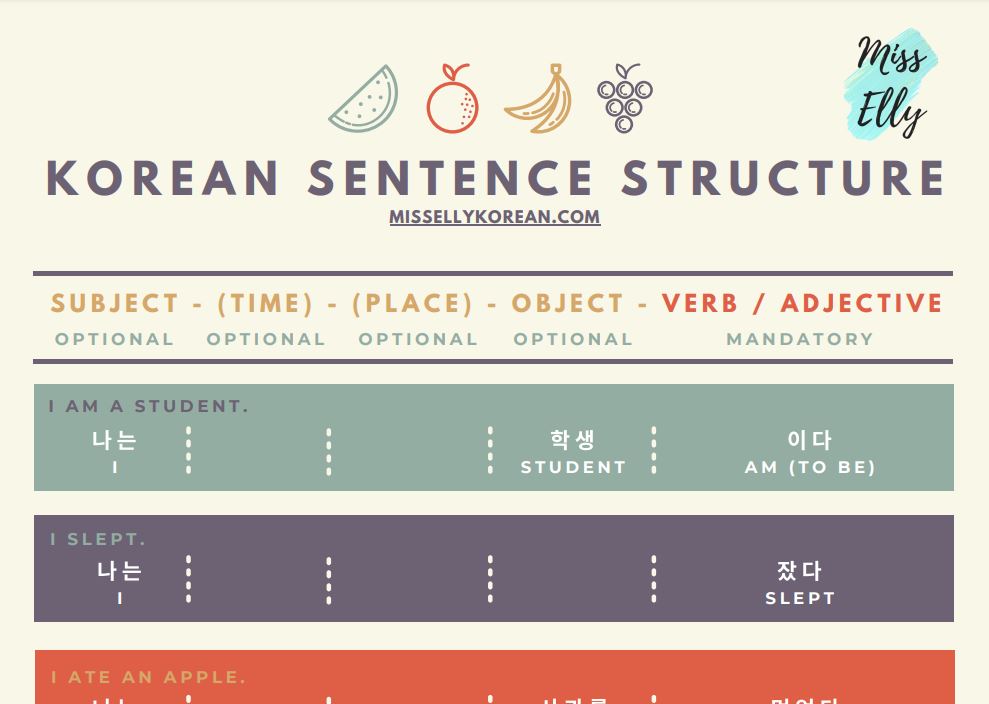
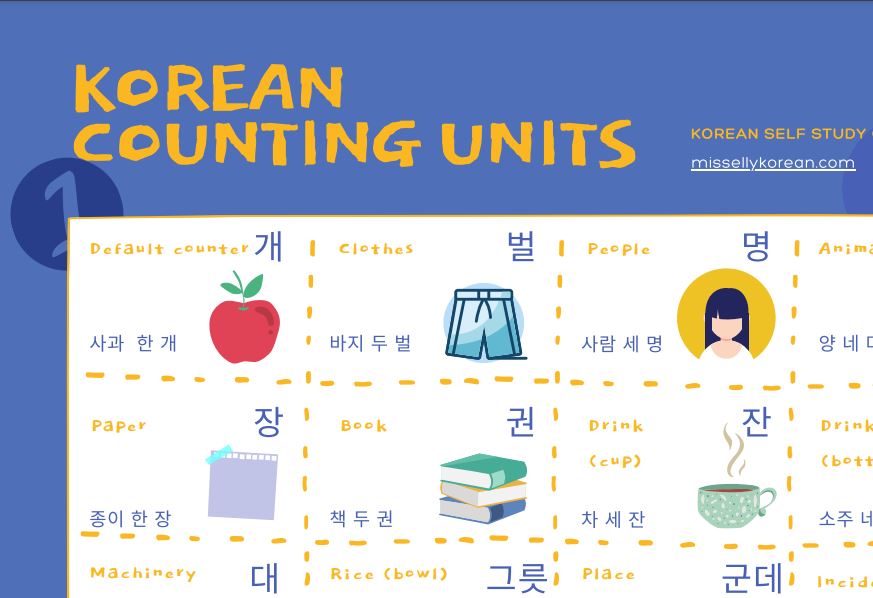
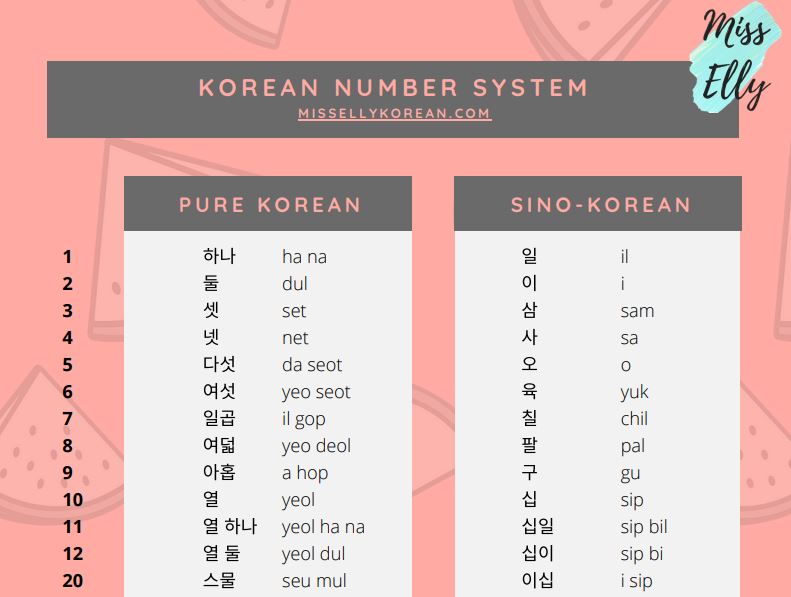
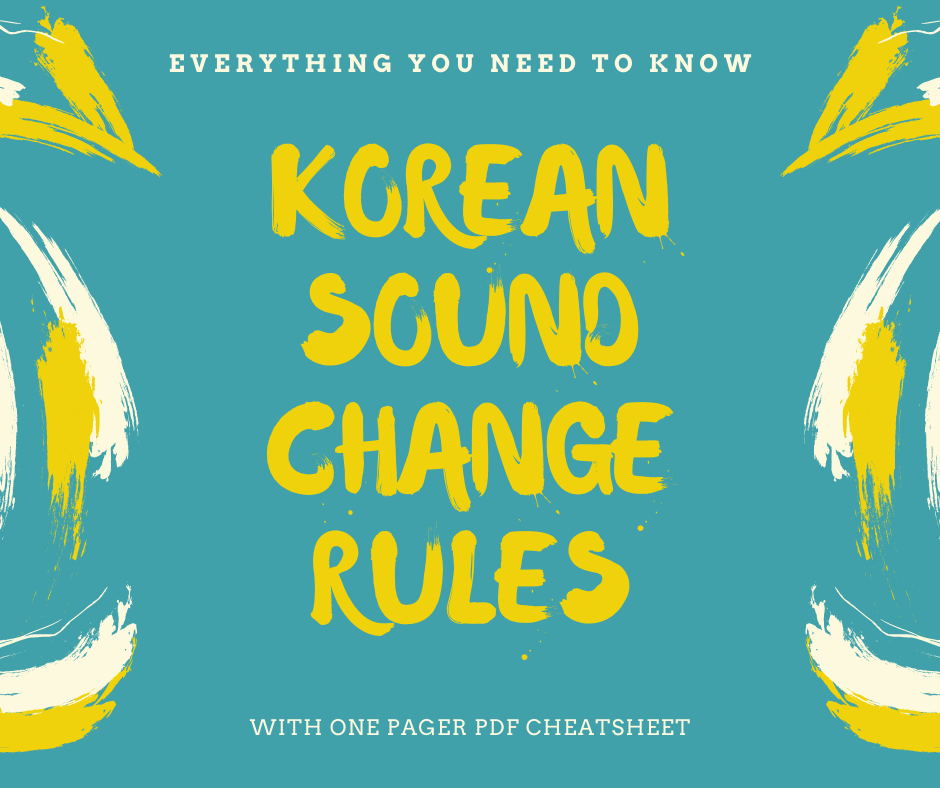
Woahhh! I loved this lesson so much, it was so interesting and thank you so much for the pdf so I can review it later without havingto read it all over again! Overall I feel like I can finally understand why some words are pronounced so differently from how they are written! Thank you again and I’m looking forward you next lesson!
Thank you Leti for your comment! Glad that this helps!
파이팅!
Thanks a lot for the clear explanation for this beginner!
Neat work in such a clear and direct organized form. Thank you Ms. Elly~~
I just started learning korean it is very helpful to understand, i checked your other description too 감사합니다, 한국어를 만히 어려워서 재미있어요
This is so incredibly helpful and clearly explained. I’ve been doing a Korean Duolingo course and it’s great practice but doesn’t really explain the grammar parts. I’ve been googling individual sound changes as I come across them to find out why they happened and this summarized all of them and more wonderfully. Thank you!
Glad that it helps and thank you Mich for your support of my site! Happy Korean learning!
hello tanks for post
Any example with words ending in ㅎ which becomes ㄷ according to rule nr.3 ?